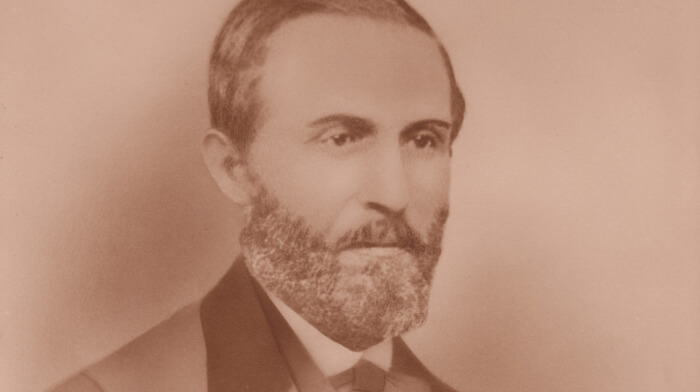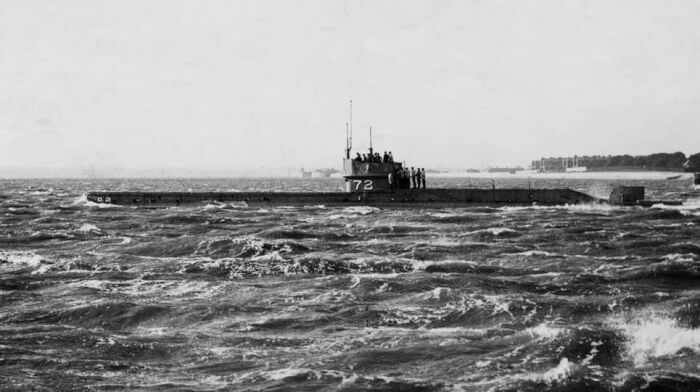Invention can be an extremely dangerous thing, especially for pioneers in a completely new field.
Most of us when we think of "inventors", usually think of people like the Wright brothers, Alexander Graham Bell or Thomas Edison - people who changed the world by creating something new. and alive to tell its story. But few people know that there are inventors who are not so lucky. Because in the process of trying to create machines for the future, they end up becoming victims of their own work in the process of perfecting them.Franz Reichelt - or "The Flying Tailor" - was an Austrian tailor born and lived in France in the early 1900s. He is credited with pioneering the development of a wearable paragliding suit, but it looked unlike today's modern parachutes, but more like a bedspread held in place by a string. But that didn't stop Reichelt from testing it himself with a jump off the Eiffel Tower in early February 1912.
 Source: Gizmodo
Source: Gizmodo
Second on the list is William Bullock, an American inventor who lived in the mid-19th century, who is recognized as one of the first fathers of modern printing. In 1863, Bullock created a new type of printer that greatly reduced the time and labor used, replacing the widely used rotary printer that had been introduced to the public about 20 years earlier.
 Source: Gizmodo
Source: Gizmodo
In 1917, Soviet engineer Valerian Abakovsky came up with the idea of grafting the best parts of an airplane (early) onto the best parts of a wagon (early). And he wanted to use this newly constructed device to transport Soviet officials around Russia. The result, which was named "Aerowagon", lasted only four years before it was scrapped.
 Source: Gizmodo
Source: Gizmodo
Austrian inventor Max Valier is one of the names credited for inventing the Opel RAK, the world's first rocket-powered airplane. The first Opel RAK aircraft was able to fly at 75km/h during its maiden flight in March 1928.
 Source: Gizmodo
Source: Gizmodo
Thomas Midgley Jr, a mechanical engineer in Pennsylvania who is best known as the man who developed the "lead" used in leaded gasoline. He has even been called “the most harmful inventor in history” who contributed to the changes in climate change today.
 Source: Gizmodo
Source: Gizmodo
Inventor Henry Smolinski of Ohio, USA began his own efforts to build a car hybrid airplane in the early 70's. Calling it the “AVE Mizar,” it was built by attaching the rudder and wings from a Cessna plane to the back of a Ford Pinto, resulting in a rather messy appearance.
 Source: Gizmodo
Source: Gizmodo
Of course, this list wouldn't be complete without Marie Curie. This famous chemist and inventor discovered radium and polonium with her husband Pierre in the late 1800s. But she also changed medicine forever when she created the first portable X-ray machine.
 Source: Gizmodo
Source: Gizmodo
Although her device may have saved countless lives on the battlefield, it may have ended up killing the great inventor. Her overexposure to X-rays was later accepted by many as one of the core causes behind her dangerous anemia, which eventually killed her on June 4, 1934.
Alexander Bogdanov is a Russian doctor who is widely hailed as one of the pioneers in the field of blood transfusion. But he is also famous for trying a number of blood transfusion experiments for himself. From 1924, he began to exchange his blood with several patients. Four years later, on April 7, 1928, he completed his last experiment, swapping his own blood with that of a medical student suffering from malaria and tuberculosis. The schoolboy made a full recovery from the procedure, but Bogdanov died fairly quickly afterwards.
 Source: Gizmodo
Source: Gizmodo
 Source: Gizmodo
Source: Gizmodo